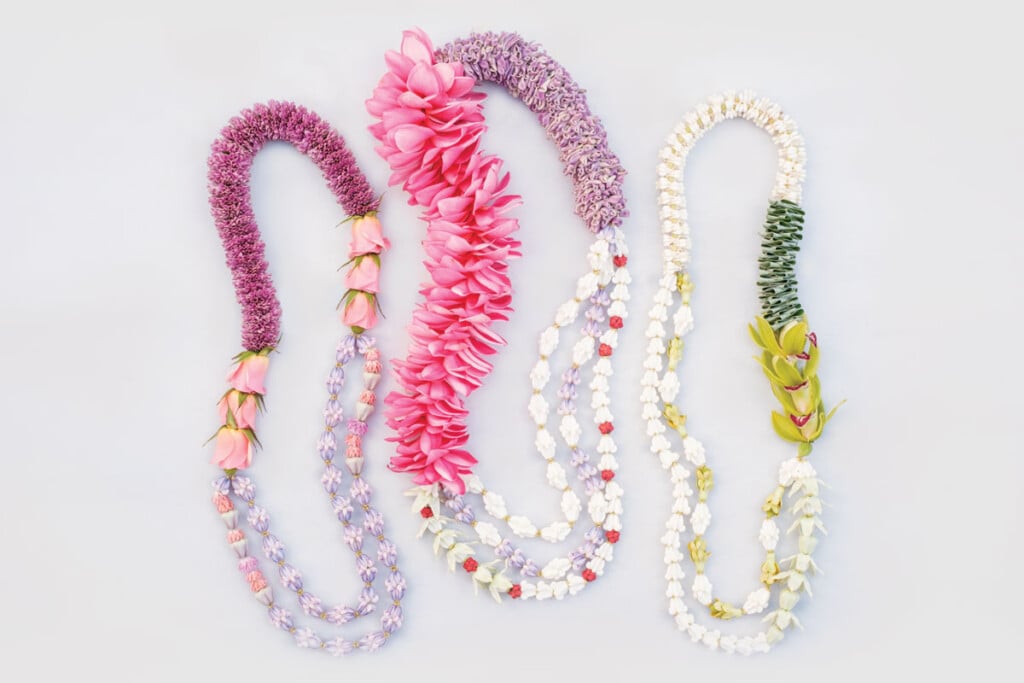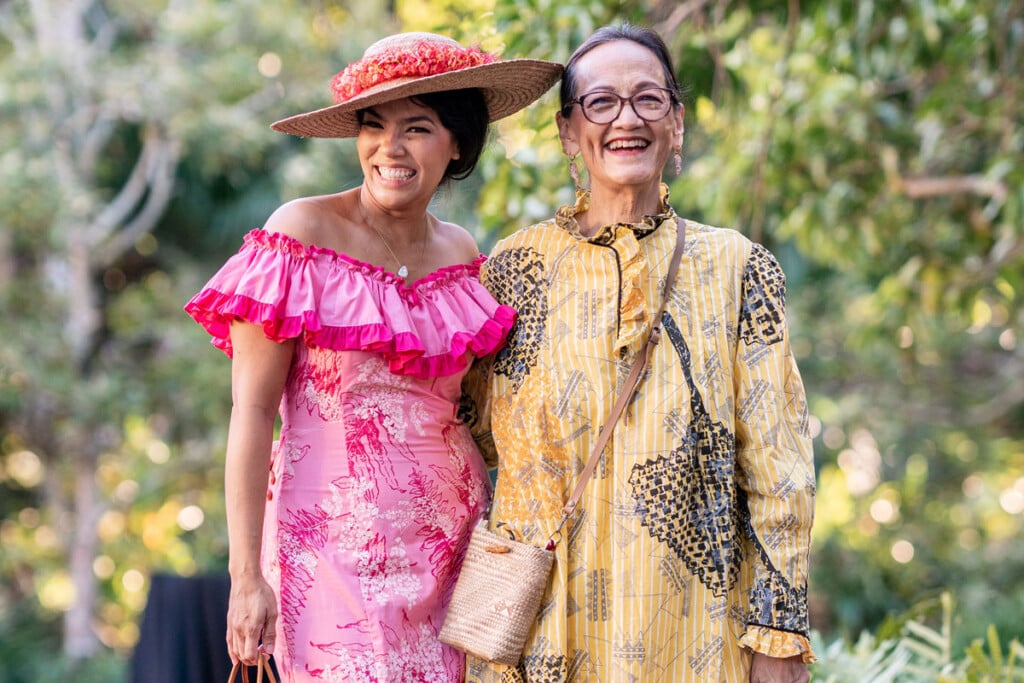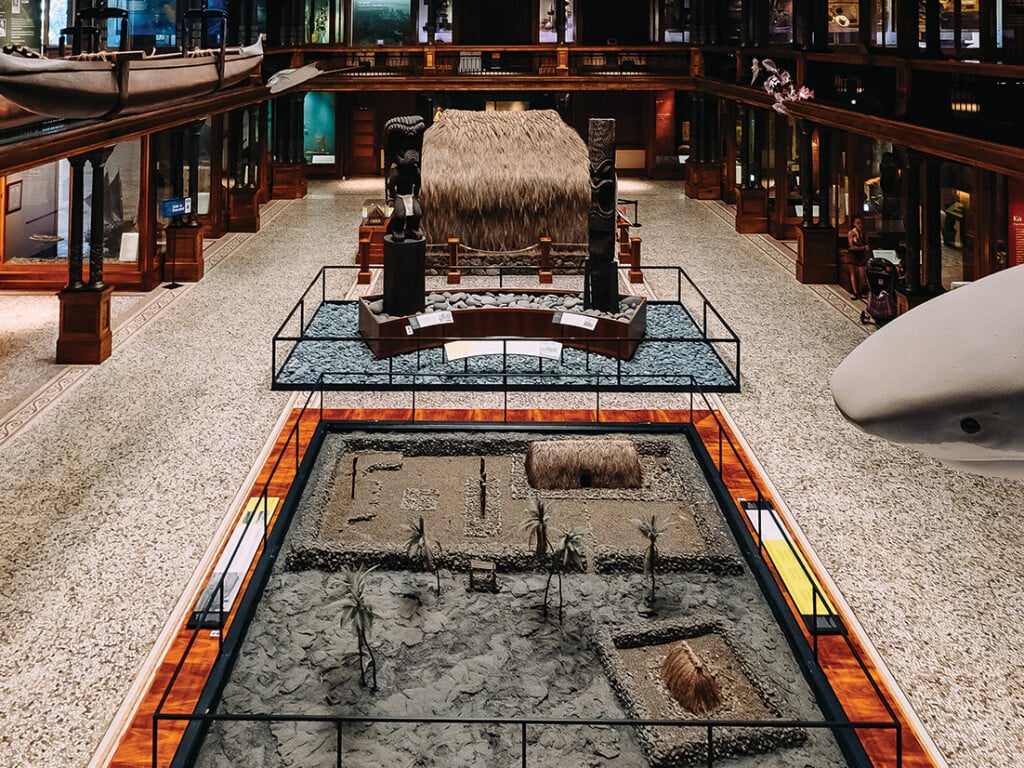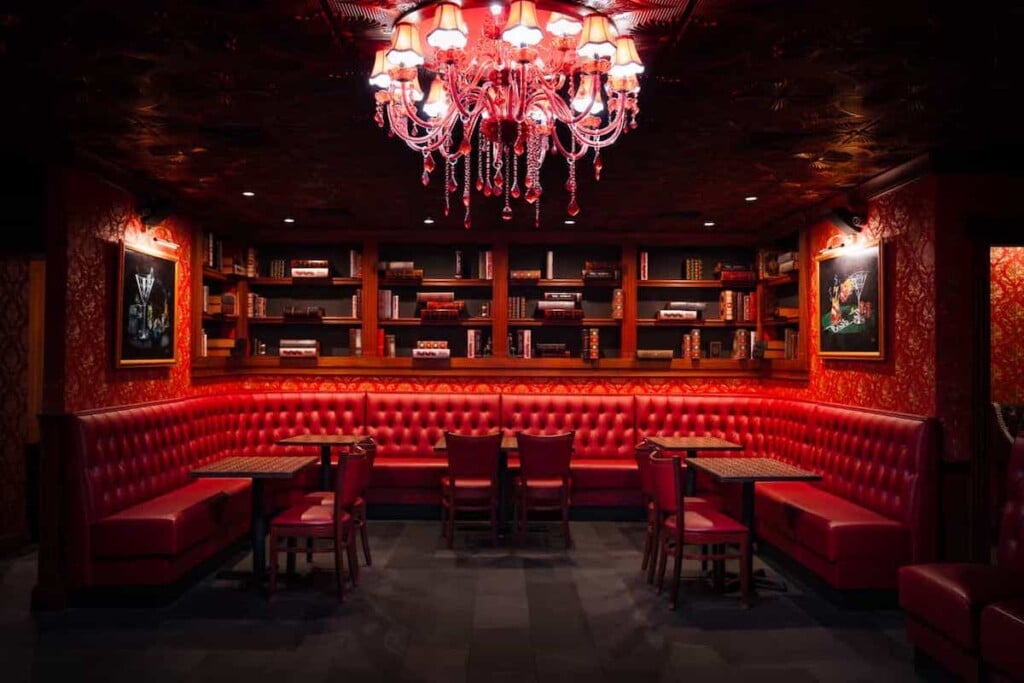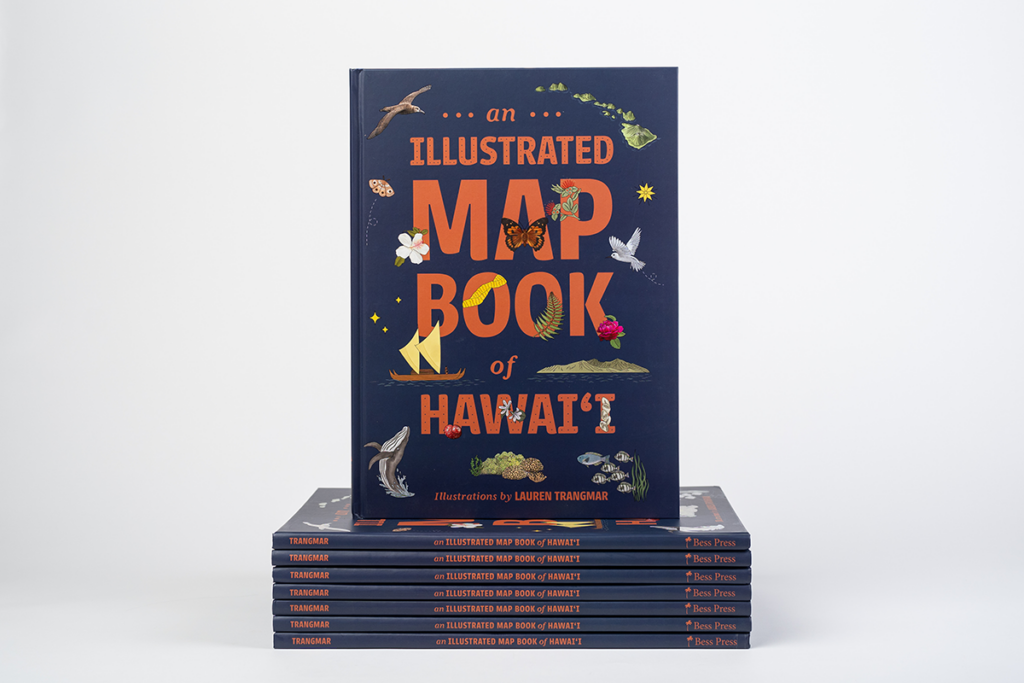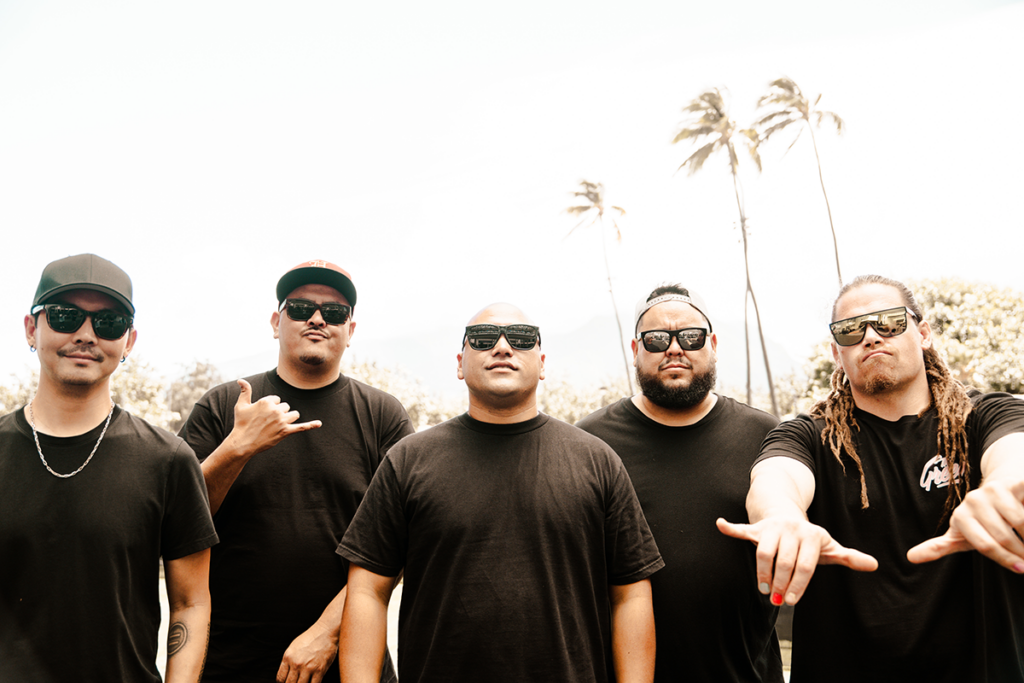Restoring Moku‘ula, Maui’s Sacred Island
The Maui wildfires catalyzed the people of Lahaina, and across Hawai‘i, to speak out about the urgent need to preserve our culture and history.
A Native Hawaiian historic and cultural landmark buried more than a century ago in Lahaina has emerged as a rallying point for restoration after fire devastated West Maui. Moku‘ula, a 1-acre island, now lies beneath an abandoned baseball field in Malu‘ulu o Lele Park. The land was considered sacred in ancient times and was the site of King Kamehameha III’s royal palace from 1837 to 1845, when the capital moved to O‘ahu.

Loko o Mokuhinia was the site of the Lahaina home of Kamehameha III. Photo taken in the 1890s, Bishop Museum Archives
“We have one chance to get this right; if we fail, we fail for the next five generations and beyond.”
— Archie Kalepa
Native Hawaiian educator/author Sydney Iaukea makes the case for acting now to protect Moku‘ula’s legacy for generations to come. Iaukea, who is from Maui, wrote The Queen and I: A Story of Dispossessions and Reconnections in Hawai‘i. She stresses the significance of Moku‘ula, once surrounded by freshwater pond Loko o Mokuhinia before the neglected area was filled by local government to create a park. And she sees an opportunity to honor the centuries-old lost legacy of the land rather than the commonly celebrated history of whaling, missionaries and, later, the plantations that dominated Lahaina after the 1893 overthrow of the Hawaiian Kingdom.
“The people of Maui have never really had a say in the direction of growth on Maui, and now is the time to pay attention to their pleas for community input and direction, many of them who have generations of kūpuna guiding their mana‘o,” she says.
Waterman/surf legend/navigator Archie Kalepa traces his family back nine generations in Lahaina. Kalepa, who has been working as a cultural monitor and community leader, has spoken out about restoring Moku‘ula, calling such an effort the beginning of the community’s path forward. “We have one chance to get this right; if we fail, we fail for the next five generations and beyond,” Kalepa told those gathered at the Maui Arts & Cultural Center on Sept. 24, 2023, in a message that’s still being shared on social media.

Artist Janet Spreiter’s painting depicts historic Moku‘ula.
The island of Moku‘ula served as the seat of government at a time when abundant waterways dominated the Lahaina landscape, historians say. And it was already honored as an ancient religious site. In his 1998 book, Moku‘ula: Maui’s Sacred Island, author P. Christiaan Klieger described the area as a seat of Maui kings in the 16th century and a sanctuary “built over the grotto of a protector goddess.” Klieger wrote that the area retained its status as a place where “the realms of spirit, land and human politics intersected” even after the decline of Hawaiian religion in 1819.
SEE ALSO: Protecting Hawai‘i’s Soul
In the early 1990s, the community-led nonprofit Friends of Moku‘ula worked toward restoration of the site, supporting archaeological digs in 1993, 1999 and 2010. A 2012 report, sponsored by the Friends and Maui County, was conducted by the Army Corps of Engineers and outlined a plan to restore the native ecosystem, preserve the cultural and historic resources, and allow Native Hawaiian cultural practices to resume. However, the Friends group dissolved in 2017.
Yet, even before the Aug. 8 fires, community support for restoration was growing. In January 2023, Nā Aikāne o Maui held a cleanup that raised awareness about the area’s unique history.
For Kalepa, honoring and respecting this Native Hawaiian legacy will allow the community to move forward on this difficult journey. “If we can rebuild Lahaina, we can help rebuild Hawai‘i,” he says.
